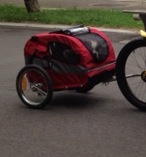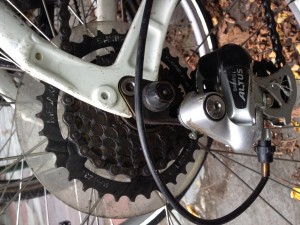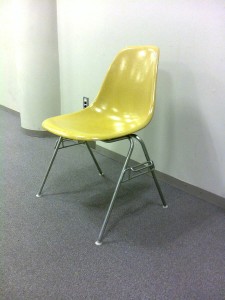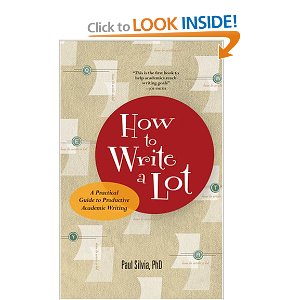repost from ITP Core II:
“Publish or perish” is a popular maxim in academia. Recently, in a well publicized case (where I posted a similar comment), the fight for open access truly was a life or death battle.
In less dramatic circumstances I too have grappled with the implications of access to information. While writing my second qualifying exam and sketching my dissertation proposal I experienced the stifling impact of the traditional journal system and the importance of open access. Two journals that begin their titles with the word “Cyberpsychology” serve as a case in point for the debate over open access journals.
Cyberpsychology, Behavior and Social Networking, formerly known as Cyberpsychology and Behavior is not open access. Fortunately, people at the Graduate Center (CUNY), and likely at other institutions, can access this journals publications from 2000 to one year ago through library databases. I cited one article from this journal (Ko & Kuo, 2009) in a paper for my second qualifying exam. However, I cannot view articles published in the past year. This is somewhat frustrating because I would like to review the most recent articles as I conduct my literature review for my fast approaching dissertation proposal.
In comparison I cited three articles from Cyberpsychology, an open access journal, and one of these articles was published in the last year (Bane, Cornish, Erspamer, & Kampman, 2012). The current system for dissemination of scientific journals could clearly be improved. Much scientific research is federally funded, shouldn’t the public be able to read the reports they helped support?
My experience may be indicative of a larger trend. If academics cite open access journals more – these journals may gain greater influence and perhaps this will pressure more journals to transition to the open-access model.
On a related note I found these two indexes of open access journals:
DOAJ
Bentham Science
Baker, J. R. & Moore, S. (2008a). Distress, coping, and blogging: Comparing new Myspace users by their intention to blog. Cyberpsychology 11(1), 81-85.
Baker, J. R. & Moore, S. (2008b). Distress, coping, and blogging: Comparing new Myspace users by their intention to blog. Cyberpsychology 11(6), 747-749.
Bane, C. M., Cornish, M., Erspamer, N., & Kampman, L. (2012). Self-disclosure through weblogs and perceptions of online and ‘real-life’ friendships among female bloggers.Cyberpsychology, Behavior, & Social Networking, 13, 131-9.
Ko, H. C., & Kuo, F. Y. (2009). Can blogging enhance subjective well-being through self disclosure? Cyberpsychology, Behavior, and Social Networking, 12: 75-9.





